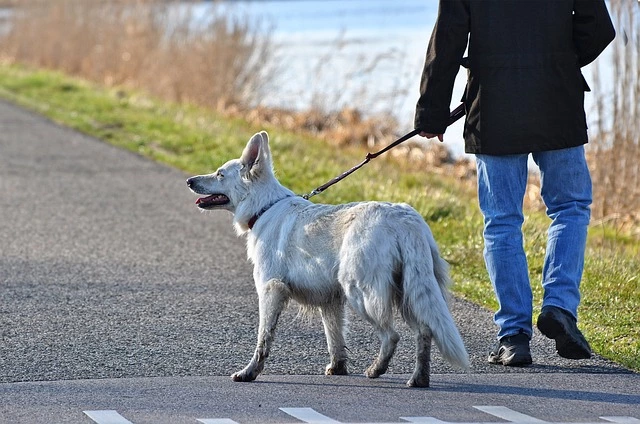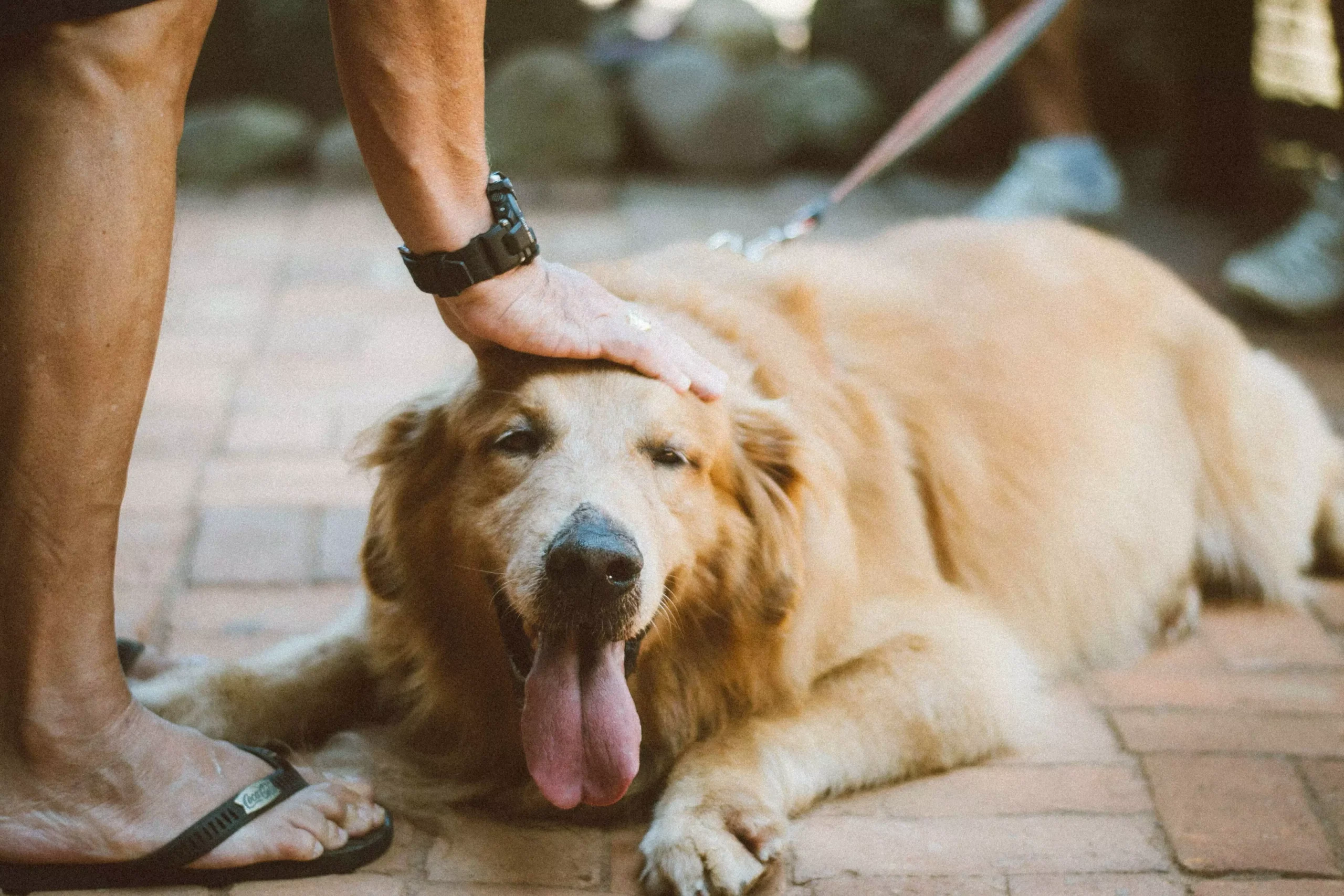Title: Addressing Excessive Chasing Behavior in Dogs: A Comprehensive Guide
Introduction:
Understanding the reasons behind excessive chasing behavior in dogs is crucial for dog owners and trainers alike. In this article, we will explore the various causes and effective strategies to address this behavior. Additionally, we have included a FAQs section to answer common queries related to excessive chasing behavior in dogs.
I. Understanding Excessive Chasing Behavior in Dogs
A. What is Excessive Chasing Behavior?
Excessive chasing behavior refers to the intense and persistent pursuit of moving objects, animals, or people. It can manifest in different forms, such as chasing cars, bikes, squirrels, or even shadows.
B. Common Causes of Excessive Chasing Behavior
1. Prey Drive: Dogs have an innate prey drive that is more pronounced in certain breeds. This drive can lead to excessive chasing behavior.
2. Lack of Proper Exercise and Mental Stimulation: Dogs that do not receive adequate physical exercise and mental stimulation may engage in chasing behavior as a way to release pent-up energy.
3. Genetic Predisposition: Some dogs may have a genetic predisposition for chasing behavior due to their breed characteristics.
4. Lack of Training or Reinforcement: Insufficient training or inconsistent reinforcement can contribute to the development of excessive chasing behavior.
5. Fear or Anxiety: Dogs may chase out of fear or anxiety, using chasing as a coping mechanism.
6. Lack of Socialization: Poor socialization during a dog’s critical developmental stages can lead to chasing behavior as a way to interact with the environment.
II. Essential Steps to Address Excessive Chasing Behavior
A. Assessing the Behavior
1. Observe and Document the Behavior: Keep a record of when and where the chasing behavior occurs to identify triggers and patterns.
2. Seek Professional Evaluation, If Necessary: If the chasing behavior poses a danger to the dog or others, consulting a professional dog trainer or behaviorist is recommended.
B. Providing Adequate Exercise and Mental Stimulation
1. Incorporating Daily Exercise Routines: Regular and vigorous exercise can help drain excess energy and reduce the likelihood of chasing behavior.
2. Engaging in Interactive Play and Puzzle Toys: Interactive play sessions and puzzle toys provide mental stimulation and redirect the dog’s focus from chasing.
C. Implementing Proper Training Techniques
1. Teaching Basic Obedience Commands: Teaching commands like “sit,” “stay,” and “leave it” can help redirect the dog’s attention and control their impulses.
2. Recall Training: Teaching a reliable recall command is essential to call the dog back to you when they start chasing.
3. Implementing Distraction Techniques: Using toys or treats as distractions can redirect the dog’s attention away from the object of their chase.
4. Positive Reinforcement and Reward-Based Training: Rewarding desired behaviors with treats, praise, or play can reinforce positive behaviors and discourage chasing.
D. Desensitization and Counter Conditioning
1. Gradual Exposure to Trigger Objects or Situations: Gradually exposing the dog to the triggers in controlled environments can help desensitize them to the chasing behavior.
2. Associating Positive Experiences with the Trigger: Pairing the presence of the trigger with positive experiences, such as treats or play, can help change the dog’s association with the trigger.
E. Seeking Professional Assistance
1. Consulting a Certified Dog Trainer or Behaviorist: Professional guidance can provide tailored strategies and techniques to address excessive chasing behavior.
2. Considering Behavior Modification Programs: In severe cases, behavior modification programs can help address underlying issues contributing to the chasing behavior.
FAQs: Frequently Asked Questions
1. Why do dogs chase moving objects?
Dogs have an instinctual prey drive that compels them to chase moving objects, simulating the hunting instinct.
2. Is excessive chasing behavior normal for certain breeds?
Certain breeds, such as sight hounds or herding dogs, have a higher propensity for chasing behavior due to their genetic predisposition.
3. Can excessive chasing behavior be corrected in older dogs?
While it may take more time and effort, older dogs can still learn new behaviors and have their excessive chasing behavior corrected.
4. Are there any specific dog breeds more prone to excessive chasing behavior?
Breeds like Border Collies, Australian Shepherds, Greyhounds, and Jack Russell Terriers are often more inclined towards chasing behavior.
5. How long does it usually take to address excessive chasing behavior?
The duration to address excessive chasing behavior can vary depending on the dog, the underlying causes, and the consistency of training. It may take weeks to months of consistent effort.
6. Can medication help in managing excessive chasing behavior?
In some cases, medication may be prescribed by a veterinarian to address underlying anxiety or fear-related issues contributing to the chasing behavior.
Conclusion:
Addressing excessive chasing behavior in dogs requires a comprehensive approach that encompasses understanding the underlying causes and implementing effective training and behavior modification techniques. By following the steps outlined in this article and seeking professional guidance when needed, dog owners can help their furry companions lead happier, safer lives. Remember, patience and consistency are key in successfully managing this behavior.









